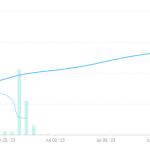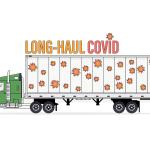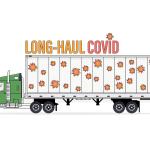I described the vaccine approval process, noting that the FDA evaluates the safety and efficacy while the CDC recommends the appropriate recipients.
Long COVID
Long COVID joins other “post-viral” syndromes, ill-characterized by fatigue, a brain fog, and other symptoms perhaps best described as “my get up and go, got up and went.” Hypothetical physiologic “causes” include a persisting cryptic “viral reser
The number of deaths from COVID-19 is way down from its peak and pandemic-related restrictions and mandates have virtually disappeared, but there are hints we are in for a late summer surge in infections.
The study reported in the Open Forum of Infectious Diseases is based on data contained within the Innovative Support For Patients with SARS-Co-V-2 Infectious Regi
A recent article in the prestigious New England Journal of Medicine called attention to the urgent need for research and initiatives to address the syndrome known as post-ac
We all know people who said, “I had COVID, but it wasn’t too bad after the first couple of days. After that, I had a cough and was tired for maybe a week. Pretty much like the flu.”












